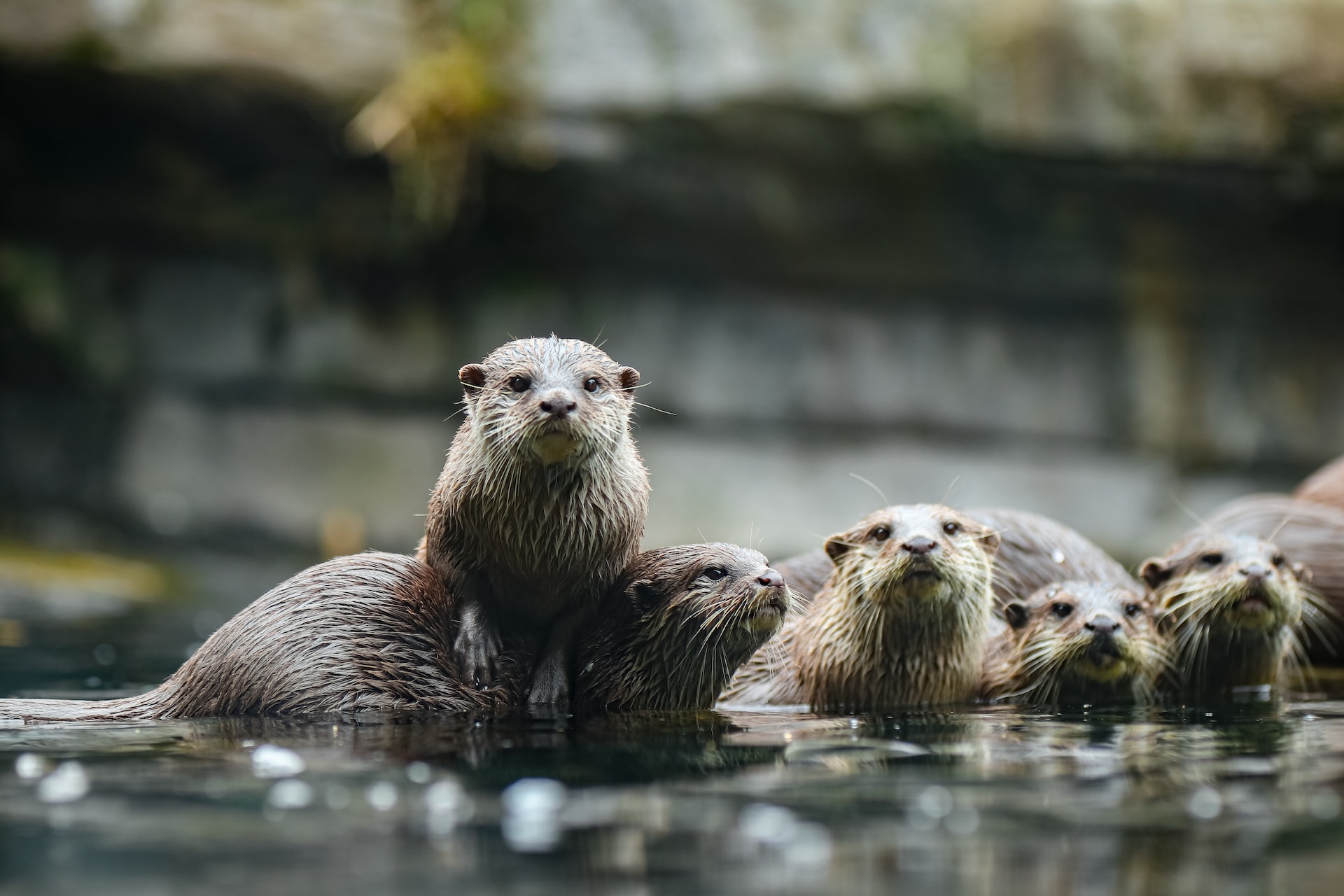The Playful and Aquatic Creatures: A Look at the Social and Adapted Otter

Otters are semi-aquatic mammals that are found in various parts of the world, including North America, Europe, Asia, and South America. They are known for their slender build, agile movements, and playful behavior. There are 13 recognized species of otters, which are classified into three main groups: sea otters, river otters, and giant otters.
Physical characteristics
Otters are medium-sized mammals that can weigh up to 50 pounds. They have a slender build, with long, streamlined bodies, webbed feet, and sharp claws, which they use for swimming and foraging.
Otters also have a thick, water-resistant coat of fur, which helps keep them warm and dry in cold water. They are known for their agile movements and are skilled swimmers and divers.
Behavior and ecology
Otters are social animals and live in large groups called rafts, which can range in size from a few individuals to over 100. Rafts are led by a dominant male, who is responsible for the group’s decisions and welfare.
Otters are carnivores and feed on a variety of animals, including fish, crustaceans, and mollusks. They are also known for their playful behavior and have been observed sliding down slopes, playing with objects, and chasing each other.
Reproduction and social structure
Otters have a complex social structure and mating system. Males are responsible for protecting and providing for the group, while females do the majority of the caring for the young.
Otters mate throughout the year and females give birth to a single pup or a litter of pups after a gestation period of around 9 months. Pup survival rates vary depending on the species and environmental conditions.
Conservation and threats
Otters are threatened by habitat loss, pollution, and conflicts with humans. They are protected by international law, and conservation efforts are underway to protect their remaining populations and help them recover.
Some of the threats facing otters include habitat destruction due to logging, agriculture, and urbanization, as well as pollution from pesticides, herbicides, and other chemicals. Otters are also vulnerable to conflicts with humans, such as being caught in fishing gear or being hunted for their meat, fur, and other body parts.
And, finally.
Otters are fascinating and important animals that play a vital role in many ecosystems. However, they are also threatened and face significant challenges to their survival.
Conservation efforts are important to protect these animals and help ensure their future. It is also important for humans to coexist with otters in a way that minimizes conflict and promotes the long-term survival of these animals.








